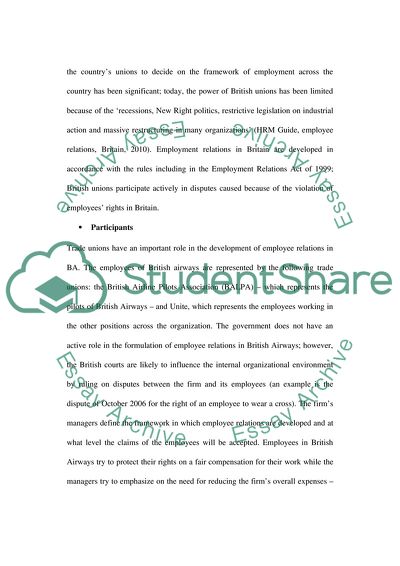Cite this document
(“Employee Relations in British Airways and Jet Airways Case Study - 2”, n.d.)
Employee Relations in British Airways and Jet Airways Case Study - 2. Retrieved from https://studentshare.org/human-resources/1735888-employee-relations
Employee Relations in British Airways and Jet Airways Case Study - 2. Retrieved from https://studentshare.org/human-resources/1735888-employee-relations
(Employee Relations in British Airways and Jet Airways Case Study - 2)
Employee Relations in British Airways and Jet Airways Case Study - 2. https://studentshare.org/human-resources/1735888-employee-relations.
Employee Relations in British Airways and Jet Airways Case Study - 2. https://studentshare.org/human-resources/1735888-employee-relations.
“Employee Relations in British Airways and Jet Airways Case Study - 2”, n.d. https://studentshare.org/human-resources/1735888-employee-relations.


